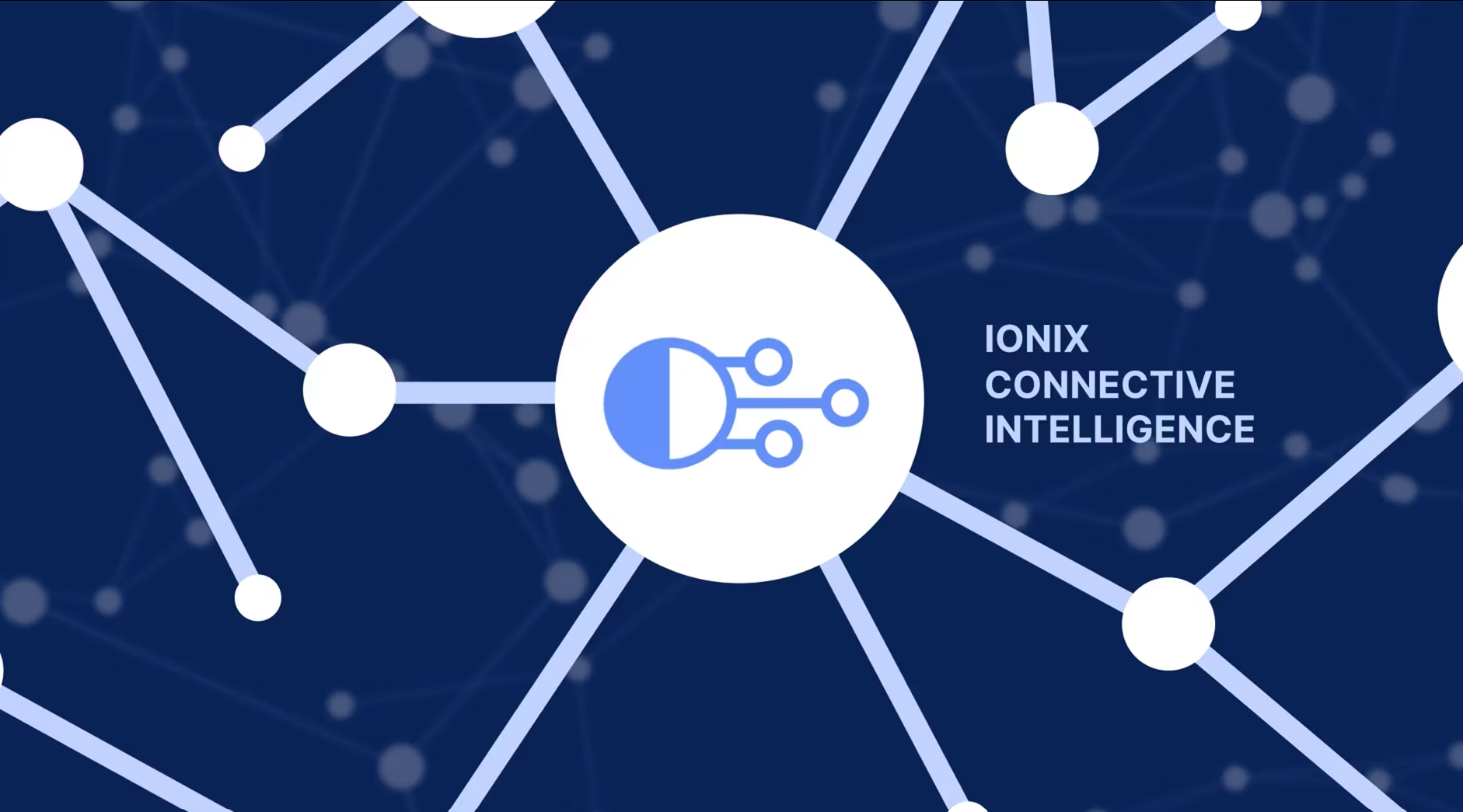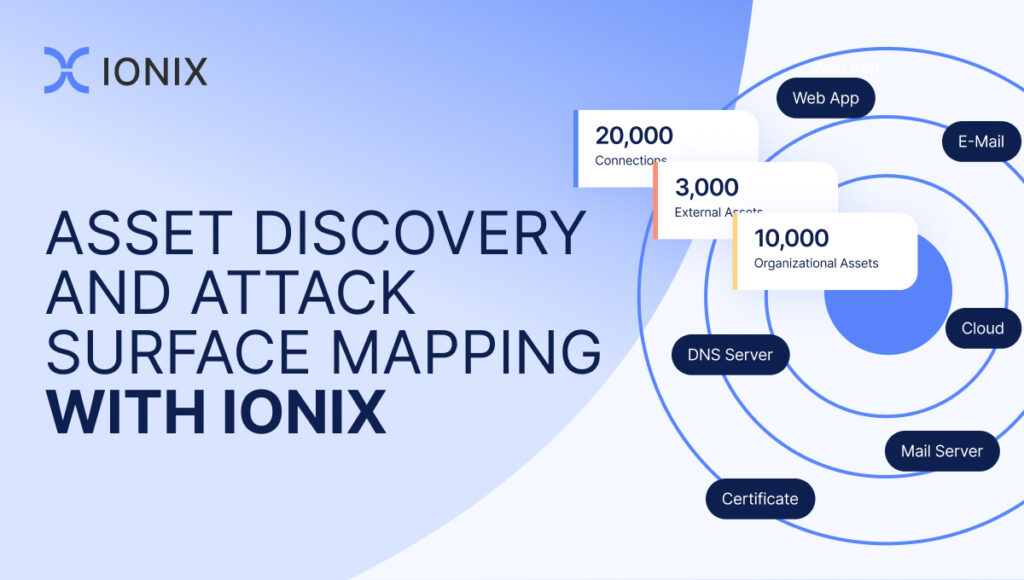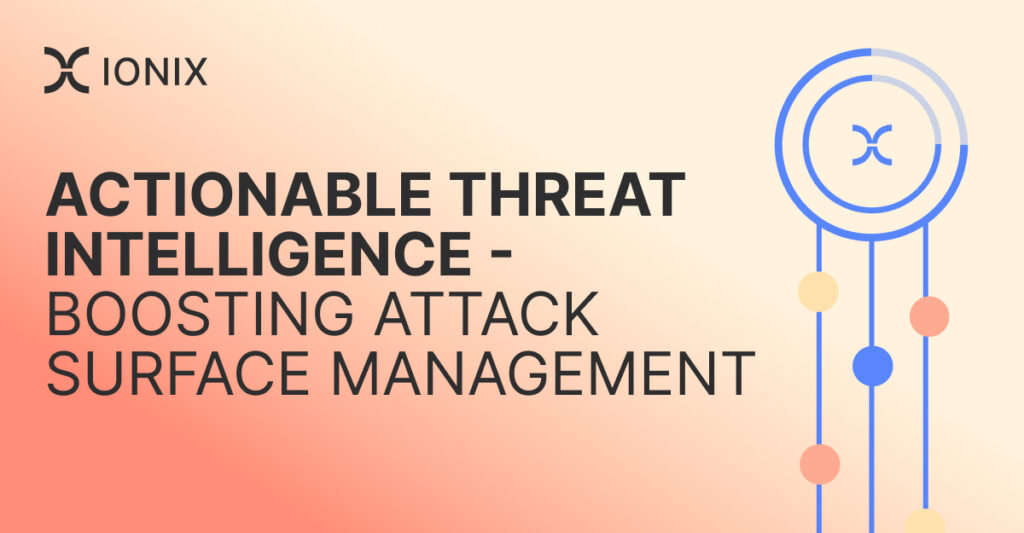8 Attack Surface Management Advantages for Security Teams

In the digital era, managing your attack surface – the sum total of all potential attack vectors in your systems – is a critical part of your cybersecurity strategy. Attack Surface Management (ASM) provides the insights and tools necessary to understand, assess, prioritize and remediate risks faster and more effectively.
In this post, we’re going to explore eight key ASM advantages for security teams, and the key product capabilities needed to achieve them.
1. Adopting a Proactive Cybersecurity Approach
In the evolution of cybersecurity strategies, we’ve moved from a protection phase, characterized by the use of firewalls and other defensive measures, to a reaction phase, where the assumption of a breach leads to efforts to identify and respond to threats. However, both these phases have shown limitations in delivering overall improvement in security posture.
This is where the proactive security approach comes into play, marking the third phase in the evolution of cybersecurity strategies. A proactive approach, exemplified by Attack Surface Management (ASM), aims to identify risks, and mitigate the critical ones before they can be exploited by threat actors. This approach not only helps in preventing potential attacks but also allows organizations to effectively allocate their resources, prioritize their security efforts, and make informed business decisions. By shifting the focus from reaction to prevention, the proactive approach offers a more sustainable and effective strategy for managing cybersecurity risk.
2. Getting the Attacker’s View
Gaining the Attacker’s View is a compelling driver in discussions with C-level executives as it provides a clear and tangible perspective. Almost 7 in 10 organizations have experienced at least one cyber-attack originating from an unknown, unmanaged, or poorly managed internet-facing asset according to ESG research. This unsettling reality underscores the crucial need for robust attack surface management. A comprehensive solution for identifying what known and unknown assets are exposed to the internet, then assessing each asset to identify vulnerabilities, misconfigurations, and security posture issues.
But it’s not just about the assets you own. In today’s interconnected digital world, your attack surface extends to your digital supply chain – your organizations extended network of connections and dependencies. Attackers often exploit these assets and connections to gain access to their ultimate target in your organization. Therefore, mapping attack paths from the digital supply chain is a crucial part of gaining the attacker’s view.
3. Facilitating Penetration Testing and Red Teaming
Traditional penetration testing and red teaming exercises typically focus on a limited subset of an organization’s most critical assets. While this approach is valuable, it can leave a significant portion of the attack surface unvalidated and potentially exposed to threats. Furthermore, these exercises require a significant amount of reconnaissance to identify potentially vulnerable targets and attack vectors.
ASM addresses this gap by automating the discovery and assessment of all digital assets, not just the ones deemed most critical – including assets owned by the organization, and their digital supply chain. Moreover, ASM can simulate certain no-risk attacks, such as Cross-Site Scripting (XSS) and SQL Injection (SQLi), to identify potential vulnerabilities. With these insights into potential attack vectors and exposed assets, penetration testing and red teams can focus on carrying out their campaigns while covering much more ground.
4. Reducing the Attack Surface
Attack surface reduction has two main forms: reducing risk by eliminating attack vectors and reducing the surface by retiring outdated IT infrastructure. Combining these two strategies creates a comprehensive approach to reducing the attack surface.
Reducing risk: Identifying and eliminating the most critical attack vectors is essential in reducing the attack surface. Attack Surface Management (ASM) solutions play a crucial role in providing clear action items and integrated workflows across teams to systematically control and reduce attack surface sprawl. By prioritizing and closing off these potential points of entry, organizations make themselves a much harder target for potential attackers.
Reducing the surface: Outdated IT systems and infrastructure (AKA Zombie IT) can create significant security risks. Legacy systems that are no longer supported by vendors may lack security patches and updates, making them vulnerable to exploitation. It is crucial for organizations to identify and retire such outdated IT assets to reduce the attack surface.
5. Accelerating Zero Day Response
One of the most powerful advantages of ASM is accelerating zero-day response. The ability to discover how a new zero day potentially impacts your organization quickly and accurately is vital to effectively responding to a zero-day exploit, and ultimately reducing its risk. The challenge is that many security teams have little visibility into their organization’s IT landscape, let alone its digital supply chain. By automatically discovering the attack surface assets and identifying their technology stacks, ASM shows security teams exactly where they need to focus their efforts. This drastically accelerates day one response to a new zero-day.
6. Identifying and Mitigating Digital Supply Chain Risks
An organization’s attack surface extends beyond its own infrastructure to include the digital supply chain. Attack Surface Management (ASM) platforms play a crucial role in identifying ‘risky connections’ by discovering, mapping, and assessing risks recursively across organizational assets and their digital supply chain. Risky connections vulnerabilities are risks to your organizational assets posed by external asset or connection.
IONIX ASM also goes beyond alerts to protect with the solution’s automatic Active Protection, which identifies and neutralizes potential threats before they can be abused.
7. Prioritizing Security Resources
In enterprise cybersecurity, achieving zero risk is no longer possible. Instead, organizations should strive for effective risk reduction. This involves prioritizing efforts based on potential impact and grouping relevant items together for efficient mitigation. By providing attack surface visibility, ASM helps organizations prioritize their security resources. It guides them in focusing on high-risk areas where vulnerabilities pose significant threats.
Additionally, ASM facilitates grouping relevant items together for streamlined risk reduction. By categorizing vulnerabilities based on commonalities, such as shared underlying factors, organizations can address them collectively. This approach enables efficient mitigation of multiple risks through a single action, strengthening the overall security posture.
8. Driving Risk-Informed Business Decisions
For security leaders, Attack Surface Management (ASM) is a valuable tool for making risk informed decisions. Aggregated risk scores provided across multiple categories allow provides executives with visibility of their organization’s security posture and its trend over time. This consolidated view facilitates informed decision-making related to security investments and resource allocation.
ASM is also invaluable in Mergers and Acquisitions (M&A). During M&A activities, ASM assists in assessing the security posture of potential acquisitions. By conducting a thorough analysis of the target company’s attack surface, vulnerabilities, and risks, ASM helps organizations evaluate the cybersecurity risks associated with the merger or acquisition. This insight allows decision-makers to assess the potential impact on the organization’s security and make informed choices regarding risk mitigation strategies, contractual agreements, and integration plans.
Conclusion
ASM is an invaluable tool for security teams in the digital age. As the digital landscape continues to evolve, so too will the importance of effective ASM in securing your organization’s future.




